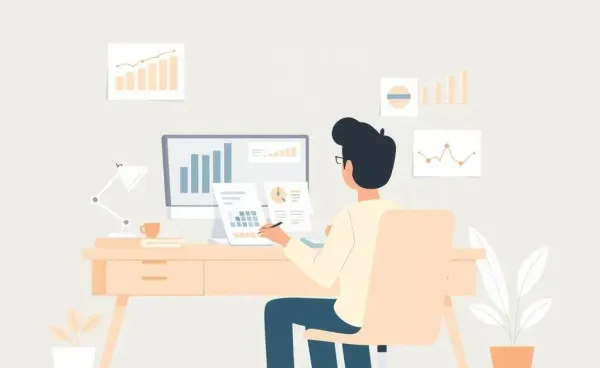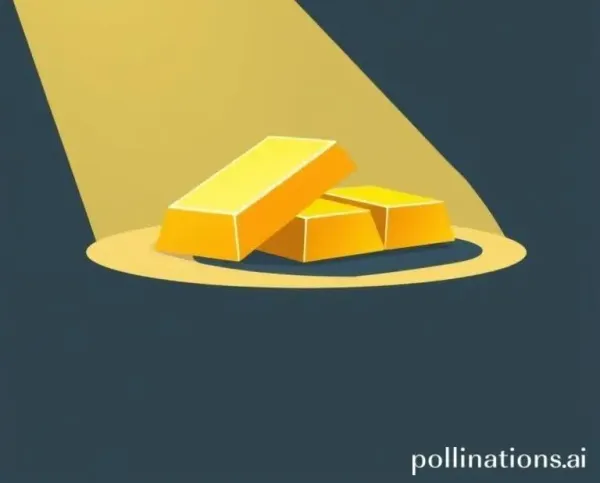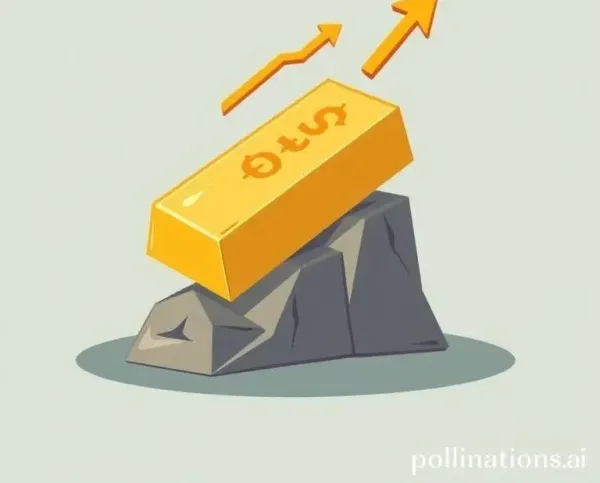Understanding PMI: How to Navigate Your Mortgage Wisely
Learn what PMI is and explore strategies to avoid it.

Have you ever found yourself daydreaming about owning a home, only to be jolted back to reality by terms like PMI? You’re not alone. Private Mortgage Insurance, often abbreviated as PMI, can feel like a nagging riddle for many prospective homeowners. In this post, we’ll unravel the mystery of PMI and explore practical ways to avoid it.
What is PMI?
PMI stands for Private Mortgage Insurance, a type of insurance that lenders require from homebuyers who make a down payment of less than 20% on a conventional mortgage. It might sound like an extra hurdle, but it’s designed to protect lenders in case of loan default.
While PMI is there to safeguard the lender, many homebuyers wonder why they should pay for it. The cost can range from 0.3% to 1.5% of the original loan amount per year, making it a significant add-on to your monthly mortgage.
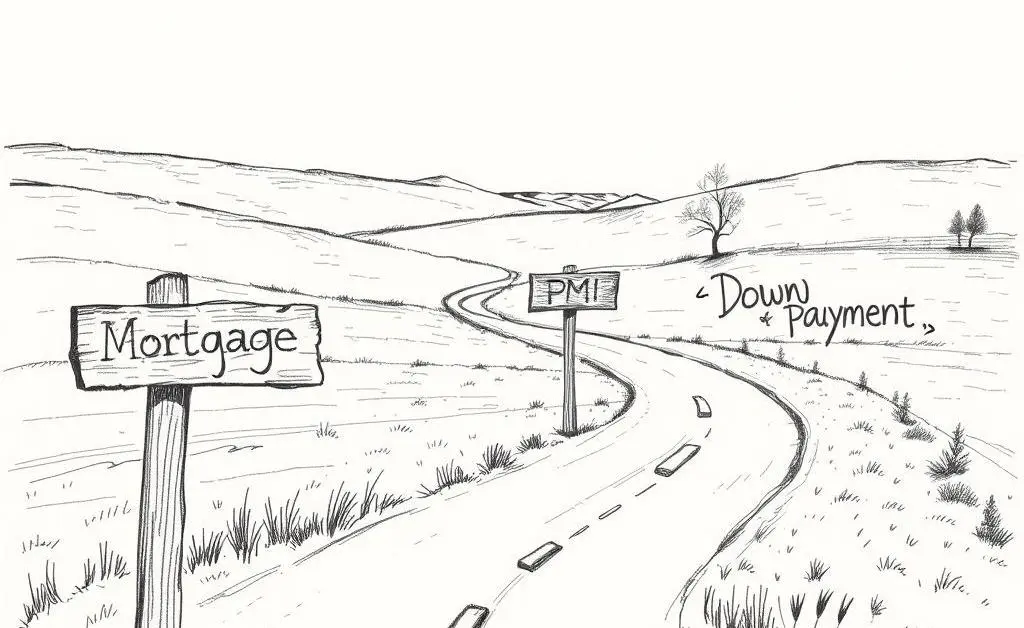
Why Do You Pay PMI?
The requirement for PMI arises when the loan-to-value (LTV) ratio is high, meaning you're borrowing a large portion of the home’s price. PMI offers a safety net to lenders, making them more willing to approve mortgage loans with smaller down payments. Without this insurance, buying a home with less than 20% down might be financially riskier for lenders.
Ways to Avoid Paying PMI
Thankfully, there are strategies you can employ to sidestep PMI. Here are a few:
- 20% Down Payment: The most straightforward method to avoid PMI is putting down at least 20% of the home’s value. This is not feasible for everyone, but it’s an effective way to eliminate the need for PMI.
- Lender-Paid Mortgage Insurance: Some lenders offer to cover PMI costs in exchange for a slightly higher interest rate. It’s essential to calculate whether this long-term payment is lower than the PMI premiums.
- Second Mortgage: A 'piggyback loan' involves taking out a second mortgage to cover part of the down payment, reducing the primary loan’s LTV ratio and avoiding PMI. Still, this comes with its own set of risks and costs.
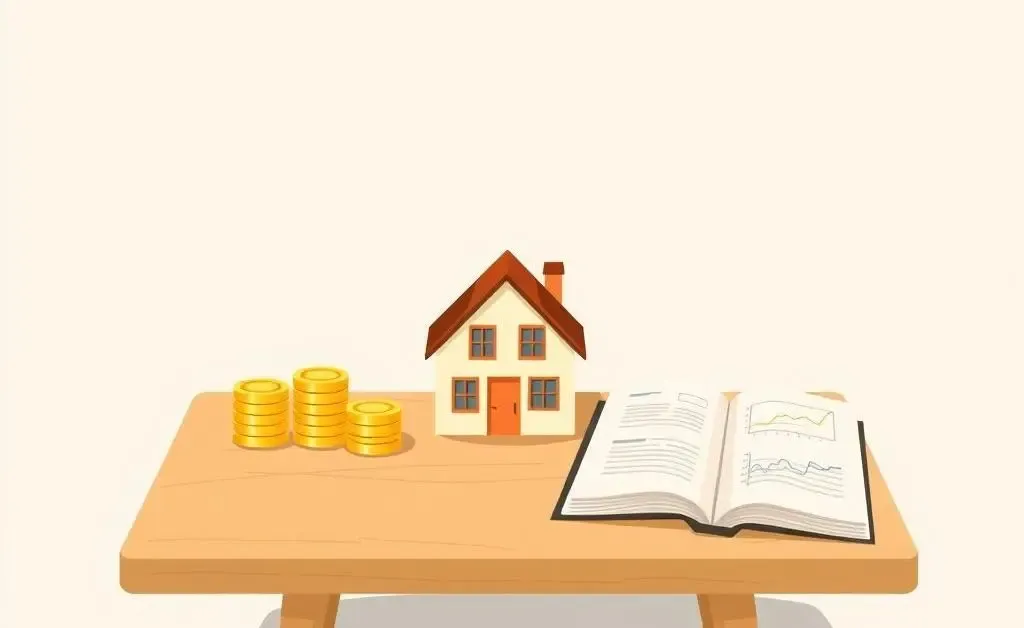
Is PMI Worth Avoiding?
Whether you should prioritize avoiding PMI depends on your financial situation and goals. If the local housing market is appreciating rapidly, accepting PMI to enter the market sooner might be worth considering. Conversely, if savings are tight, cutting PMI costs by increasing your down payment or exploring other options can provide significant savings over time.
It’s about balancing your immediate needs with long-term financial health. Unexpected expenses and changes in personal circumstances can alter plans, so flexibility is crucial.

Final Thoughts
PMI doesn't have to be a mystery or a financial deal-breaker. By understanding how it works and the ways to avoid it, you can make informed decisions that align with your home ownership dreams. Whether you're about to embark on the homebuying journey or are just curious about the process, remember that informed and strategic planning today can lead to financial ease and comfort tomorrow. Happy house hunting!


